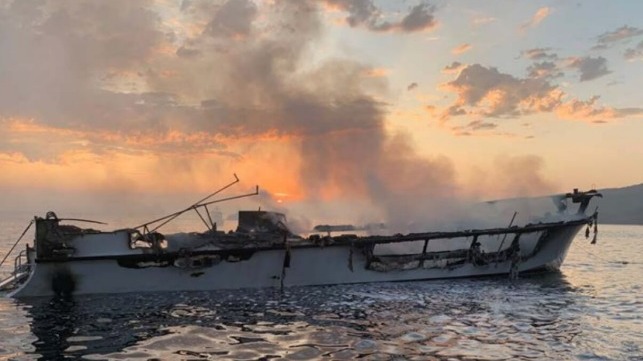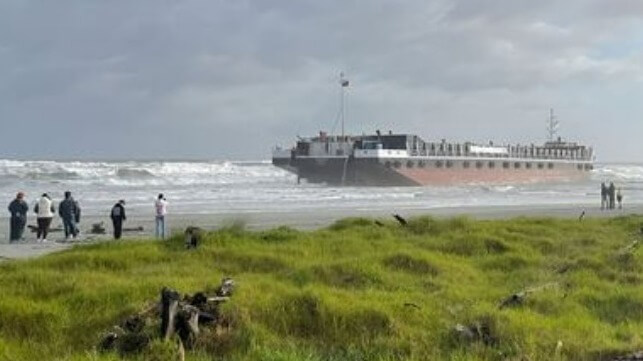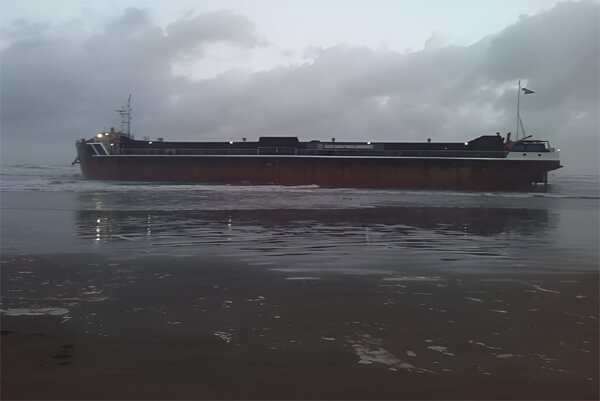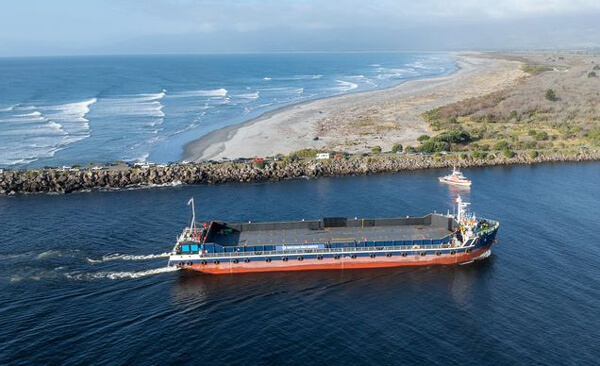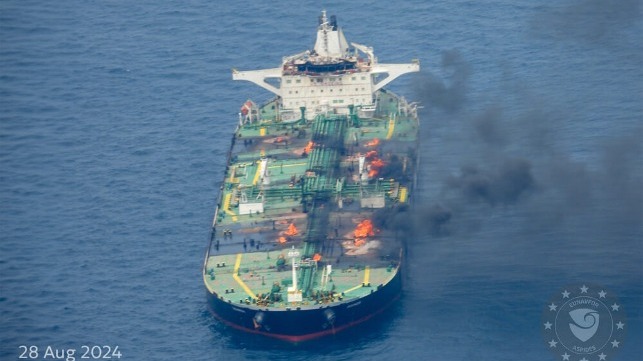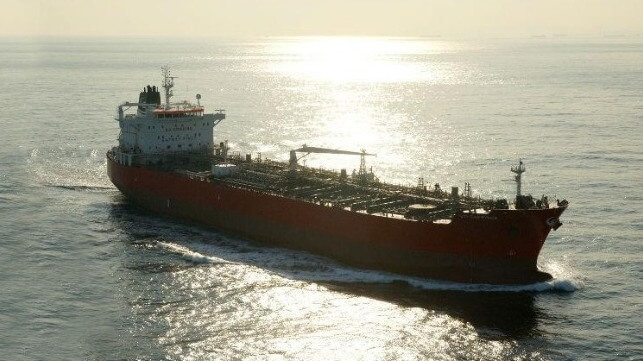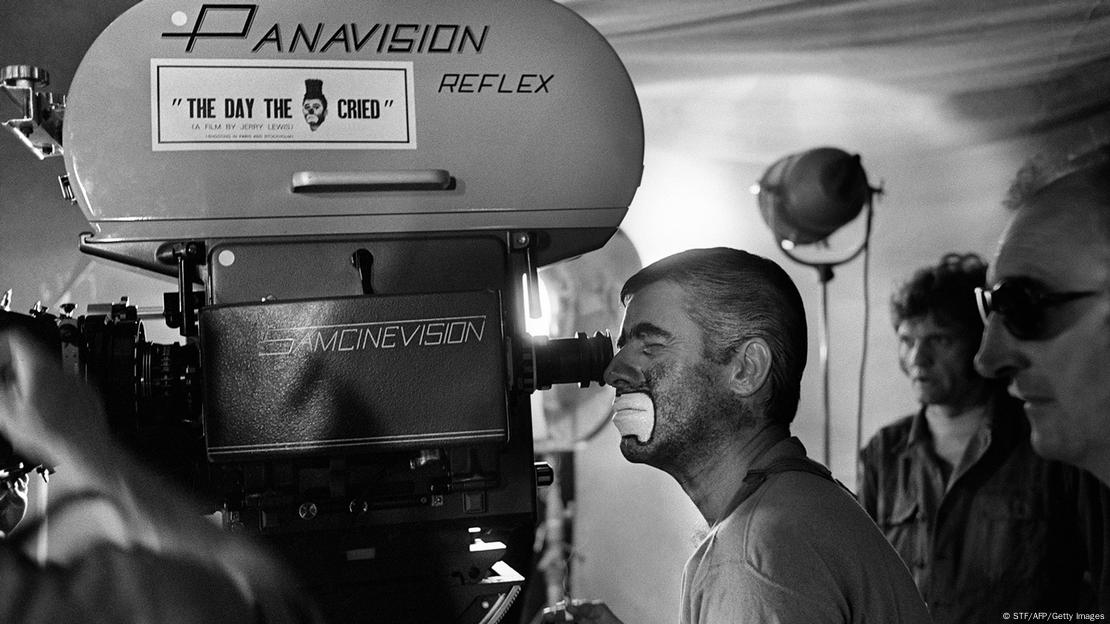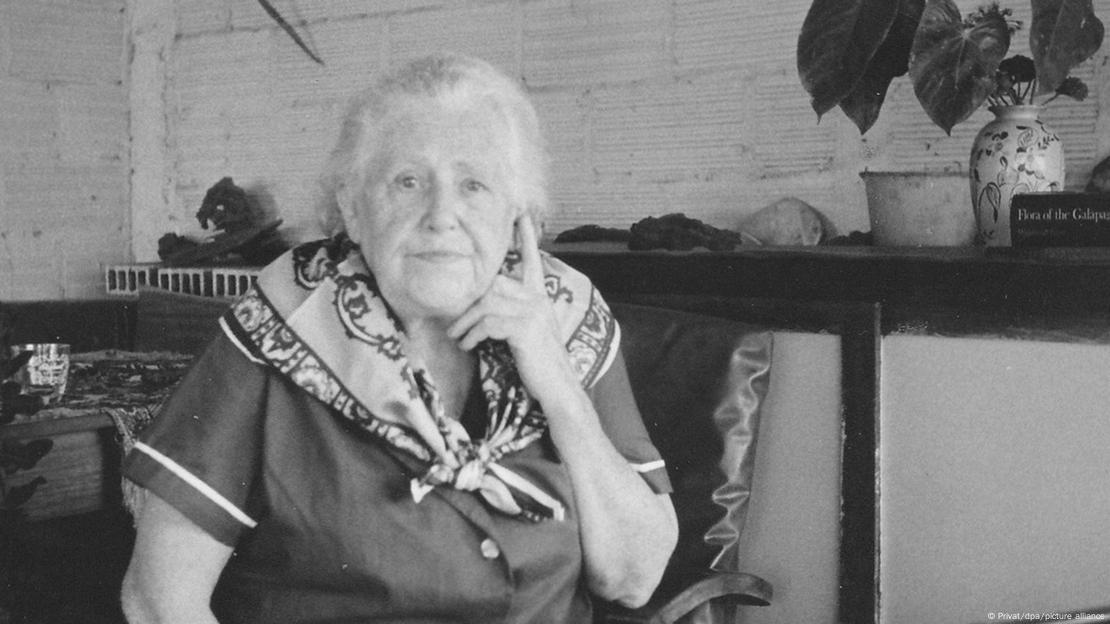Lack of Connection Plan Shelves Sweden’s Most Mature Offshore Wind Project
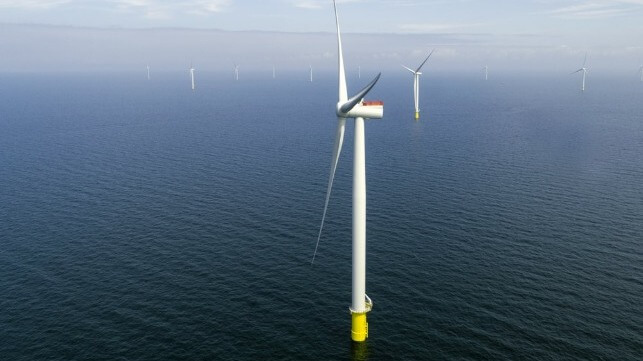
Sweden’s Kriegers Flak offshore wind farm, which had proceeded to become one of the most mature plans for the emerging sector, is being shelved developer Vattenfall reported today. The company which is owned by the Swedish state cited the “unviable investment prerequisites in Sweden” for the industry saying it would defer until further notice the wind farm which was nearing construction.
Vattenfall is reiterating that it has repeatedly said the project, as is Sweden’s industry, needs a reasonable connection point to the national grid offshore. Speaking with Reuters, the company’s Senior Vice President, Head of Business Area Wind, Helene Bistrom said if Vattenfall had to build the grid connection it would increase the cost of the project by approximately a quarter. Two years ago, in May 2022, when Sweden granted a construction permit for Kriegers Flak, Vattenfall said the project would be contingent on an agreement with Svenska kraftnät, the TSO, on how to connect to the grid on land.
“The investment prerequisites for offshore wind in Sweden are currently not viable and Vattenfall has therefore decided to pause all further development of the project. The wind farm was planned for production start in 2028, which is no longer possible,” the company said in its announcement.
Kriegers Flak was scheduled to reach a final investment decision by 2025 and immediately begin construction. It is on the Swedish side of the Kriegers Flag reef, an area approximately 20 miles south of Trelleborg, Sweden, and home to other wind farms. Vattenfall operates a 605 MW wind farm that went into service in the Danish area in 2021 as Scandinavia’s largest offshore wind farm and on the German side, there is a 288 MW wind farm that has been operational since 2015.
Vattenfall received approval from Sweden in May 2022 for its plan to build a 640 MW wind farm consisting of between 35 to 50 turbines. The company has obtained several permits for the project and in 2023 received the final approval to begin cabling. That permit requires the work to be completed within 10 years.
The company said if the investment prerequisites improve and the permits are still valid, the project could resume. The company has plans to develop projects that could provide Sweden with 18 TWh of electricity by 2035, but it notes the issues related to the cost and installation of the interconnect remain a hurdle to the industry. Kriegers Flak was scheduled to provide 2.7 TWh of electricity per year.
Today, Vattenfall reports it operates more than 1,300 wind turbines with a total installed capacity of approximately 6.1 GW across five countries in Europe. Vattenfall in 2023 stopped plans for offshore wind farms in the UK citing increasing costs and later sold the portfolio to RWE.
Australia Declares First Indian Ocean Wind Zone and Solicits Applications
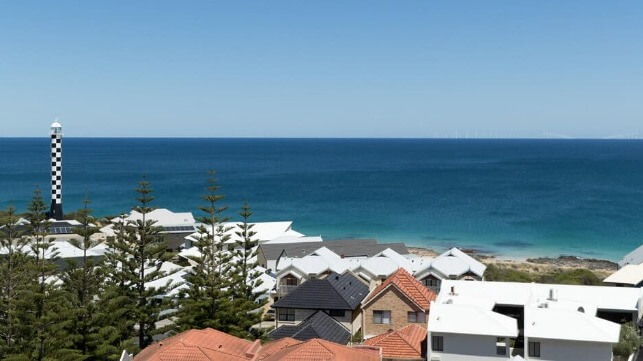
Australia’s federal government is continuing to move forward with its efforts to develop the offshore wind power industry by declaring the first offshore wind zone in the Indian Ocean. With the declaration of the sixth offshore zone in Australia, the government tomorrow, September 3, will begin accepting applications for feasibility licenses.
Minister for Climate Change and Energy Chris Brown said the declared area was a vital step towards securing Western Australia’s energy grid with reliable renewable energy. The government has estimated that 50 GW of new energy generation will be required in Australia by 2042, noting that Western Australia needs new sources of electricity.
Plans for the Indian Ocean wind energy zone were announced in February with the government opening a period of consultation. The minister reports they received over 2,600 submissions which provided valuable information that was used to inform the decision on the area. They note that the final declaration is for a smaller area, about half the size first envisioned. They also set the distance from shore as well as the spacing of the proposed turbines to ensure access to fishing areas and commercial shipping. Approximately 60 percent of the requested areas for recreational fishing were removed from the zone and it was moved to place it further away from known Southern Right Whale habitats.
The ministry highlights that the Indian Ocean area near the Bunbury region is well-suited due to its strong, consistent winds and proximity to areas of high electrical demand. They also highlighted the existing power grid for connections and the scheduled shutdown in the future of coal-fired power stations.
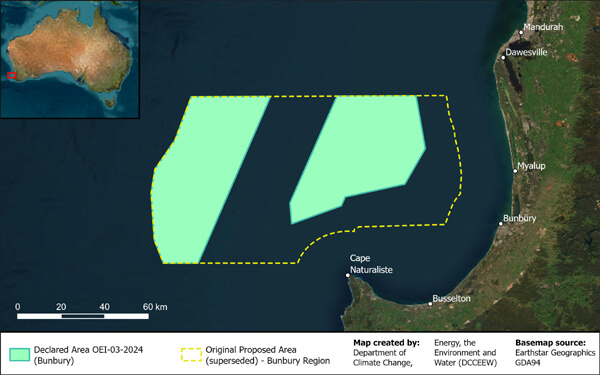
The declared area is just under 4,000 square kilometers (nearly 1 million acres) and has the potential to provide 11.4 GW of electricity, which they note is enough to power all the homes and manufacturing industries in the South West of Australia. The declared zone is at least 30 km (more than 18 miles) from shore and as much as 30 miles offshore. They said access for shipping to the Port of Bunbury, which they expect would become a support port for the industry, as well as to Fremantle is maintained under the plan.
The application period for feasibility licenses is beginning and runs till November 6. The ministry highlights it is the beginning of a process with today’s declaration making it possible to proceed to further exploration. Construction of wind farms can only begin after the feasibility is completed and developers present plans that would require environmental and management approval as well.
The Indian Ocean area is the last of the areas being explored. Australia started the process by defining areas in the southeast and south of the country and those are also proceeding through feasibility and the submission of the first offshore wind energy project plans.
Blade Failure at UK Wind Farm Due to Commissioning Process Says GE Vernova
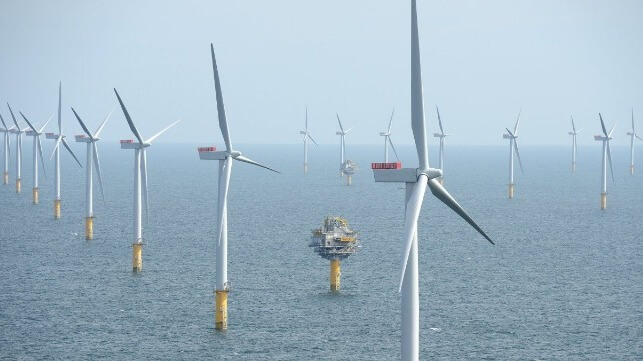
The failure of a blade at the under-construction Dogger Bank offshore wind farm in the UK was due to the commissioning process reports GE Vernova. The company is ruling out an installation or manufacturing issue which were blamed for other blade failures earlier this year at the Dogger Bank Wind Farm and Vineyard Wind 1 in the United States.
Dogger Bank reported on August 22 that it was aware of a blade failure at one of the turbines in the first section of the wind farm which is currently under construction and undergoing commissioning. GE Vernova was quick to term it an “isolated blade event,” while also commencing an investigation into the root cause.
“GE Vernova analysis has established that during the commissioning process being performed by GE Vernova, the turbine was left in a fixed and static position, rendering it vulnerable during a subsequent storm with high winds,” Dogger Bank said in a statement released on August 30.
SSE, which is leading the development in a partnership with Equinor and Norway’s Vargrønn, elaborated that the turbine rotor was locked in place and the yaw system, which orients the rotor towards the wind, was disabled, during the commissioning. They believe that it left the blade vulnerable during a storm that hit the area. GE Vernova is taking corrective actions to eliminate this risk.
Dogger Bank reports the site remains restricted. Installation activities however will restart they said in the coming days. Dogger Bank A is located approximately 80 miles off the northern English coast.
Another blade on the GE Vernova turbine broke apart at the U.S. offshore wind farm in July. In that case, the company later said that it believed it was a manufacturing issue with adhesion and said it should have been caught by quality control. Installation was suspended at the Vineyard Wind 1 site while GE Vernova reported it would be checking the blades for the wind farm for a similar problem.
Debris from the U.S. turbine blade fell into the ocean and parts washed ashore on Massachusetts beaches causing widespread concern which was exploited by detractors of the industry. Towns impacted by the clean-up were seeking compensation from the wind farm. U.S. regulators however have agreed that work on the wind farm including subsea rock installation activities for the Cable Protection System could proceed as well as the installation of the final 15 monopiles for the wind farm which will consist of 62 turbines.
Dogger Bank also suffered another blade incident in May 2024. In that case, it was determined to be an installation-related problem that damaged the blade. It was replaced as the work continued.
GE Vernova reports it continues to investigate. However, it is now confident that the issues at Dogger Bank and Vineyard Wind 1 were unrelated.
